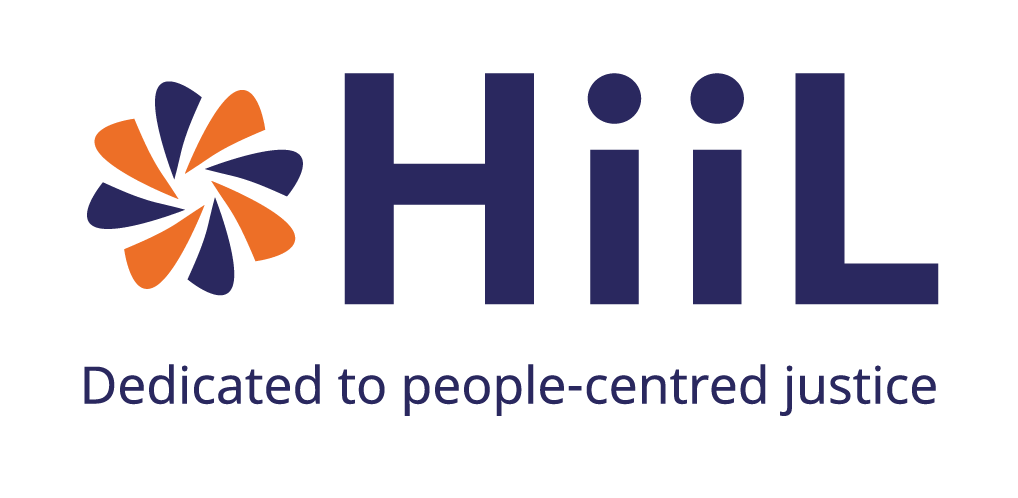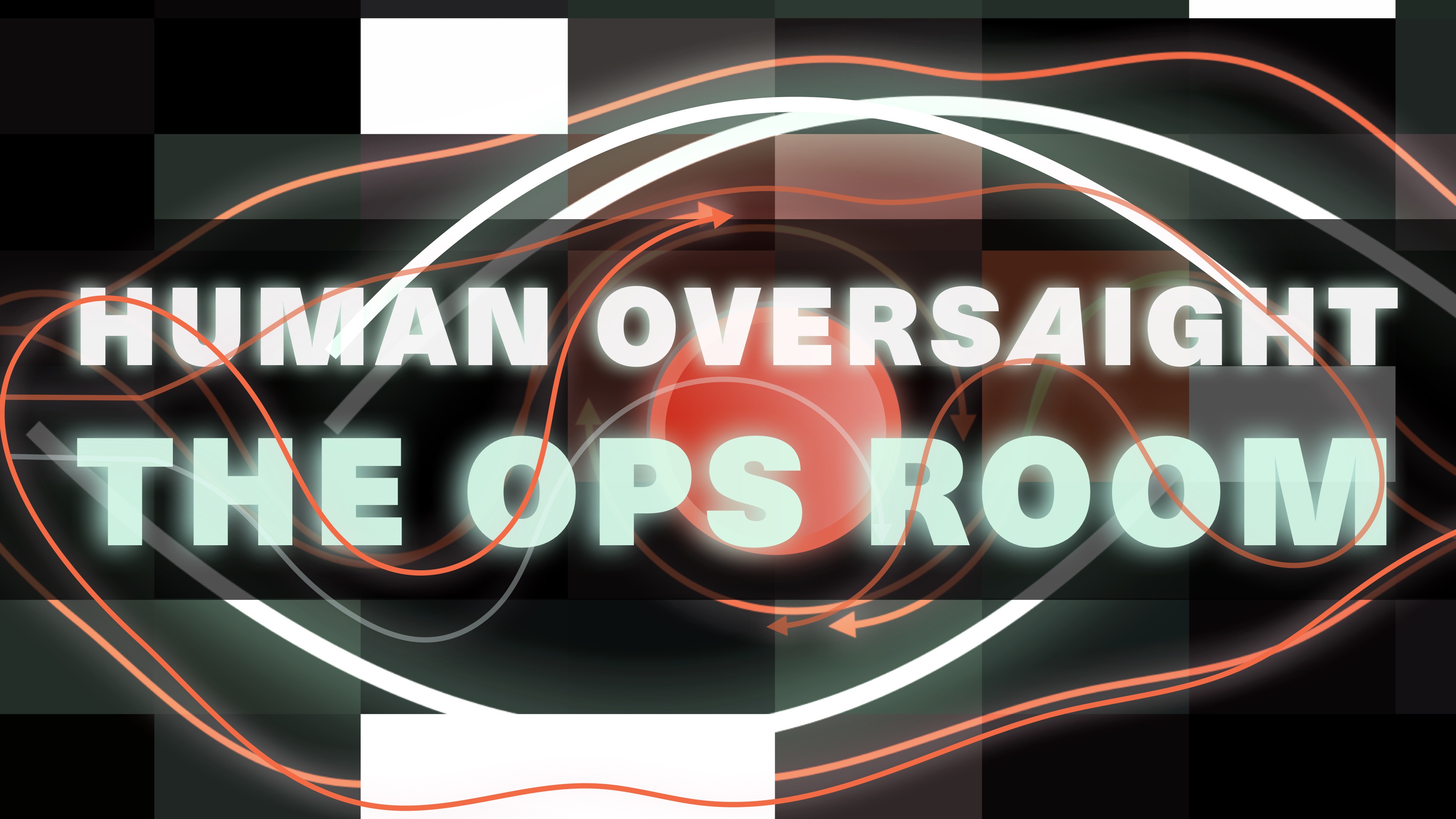
The Legal Icon Dictionary
Aneta Baranowska
We created a visual icon dictionary to simplify legal documents, making them more accessible, engaging, and understandable for non-lawyers through intuitive, user-tested visual design.
The Gallery
The Legal Icon Dictionary
 Aneta Baranowska
Aneta Baranowska
About this work
Legal documents are notoriously difficult to understand due to their complexity, formal language, and abstract terminology. This creates a communication barrier between legal professionals and their clients, particularly non-lawyers who are often the intended recipients of these documents. Our work addresses this issue through the development of a visual tool: the Legal Icon Dictionary.
The Legal Icon Dictionary is a curated set of intuitive, standardized icons that represent key legal terms and concepts. It functions as a visual layer that can be integrated into legal documents - such as contracts, terms and conditions, and privacy policies - to support and clarify written content. The dictionary transforms abstract or ambiguous legal ideas into concrete, visual symbols that enhance comprehension and reduce cognitive load.
In co-creation of legal designers, graphic designers, and users, we mapped common legal concepts that are difficult to interpret and translated them into universally understandable icons. The process involved user research, iterative prototyping, and validation to ensure each icon conveyed its intended meaning. What inspired this project was a very practical challenge: even when lawyers want to make their documents more accessible by using visual elements, they often struggle to find the right tools. Searching through hundreds of icons online or trying to assemble visuals in office software can be frustrating and time-consuming. Our goal was not only to make documents easier to understand for end users, but also to make them easier to create for legal professionals. In its current format, the Legal Icon Dictionary consists of the:
- 1. report from our research
- 2. ready-to-use set of icons
- 3. and manual full of tips on how to use them
Impact
The Legal Icon Dictionary has had an impact on both legal professionals and document recipients. By providing a ready-to-use, thoughtfully designed set of icons, we enabled lawyers - especially those taking their first steps into legal design—to create clearer, more user-friendly documents without the typical frustration of searching for visuals or struggling with formatting. We know of instances where the icons have been implemented into real-life legal documents, such as terms of service, privacy policies, and contracts. The icons helped clarify the structure and meaning of the text, resulting in more accessible and transparent communication for end users.
Beyond document design, the Icon Dictionary has become a valuable resource in our legal design workshops. We use it as both a practical tool and an educational example of how visual thinking can improve legal communication. It allows participants to experience first-hand how even small design interventions - like the addition of icons - can have a significant (good or bad, depending on the use!) effect on the document created.
By addressing the needs of both document creators and users, the Icon Dictionary continues to promote a more human-centered approach to law, lowering barriers to understanding and empowering legal professionals to innovate.
Key learnings
One of our key learnings was that visual tools can significantly enhance the accessibility of legal information - but only when used in the right context. While icons have the potential to clarify complex content, we discovered that without supporting context, users often interpreted them in unintended ways. This underlined the abstract nature of symbols: an icon on its own is rarely self-explanatory. Providing a clear use-case or embedding the icon within a familiar legal structure improved user understanding and reduced misinterpretation.
We also learned that even minor visual details - like the presence or absence of a magnifying glass - can dramatically alter how icons are perceived. Users tended to over-focus on specific graphic elements, leading to unexpected associations. As a result, icon design must be tested with real users and refined, as small changes can have a huge impact on usability.
A positive takeaway was that icons resembling familiar visual systems (e.g., from Office or mobile apps) were more easily understood. Leveraging users' existing visual literacy helped ground abstract legal concepts in something intuitive.



